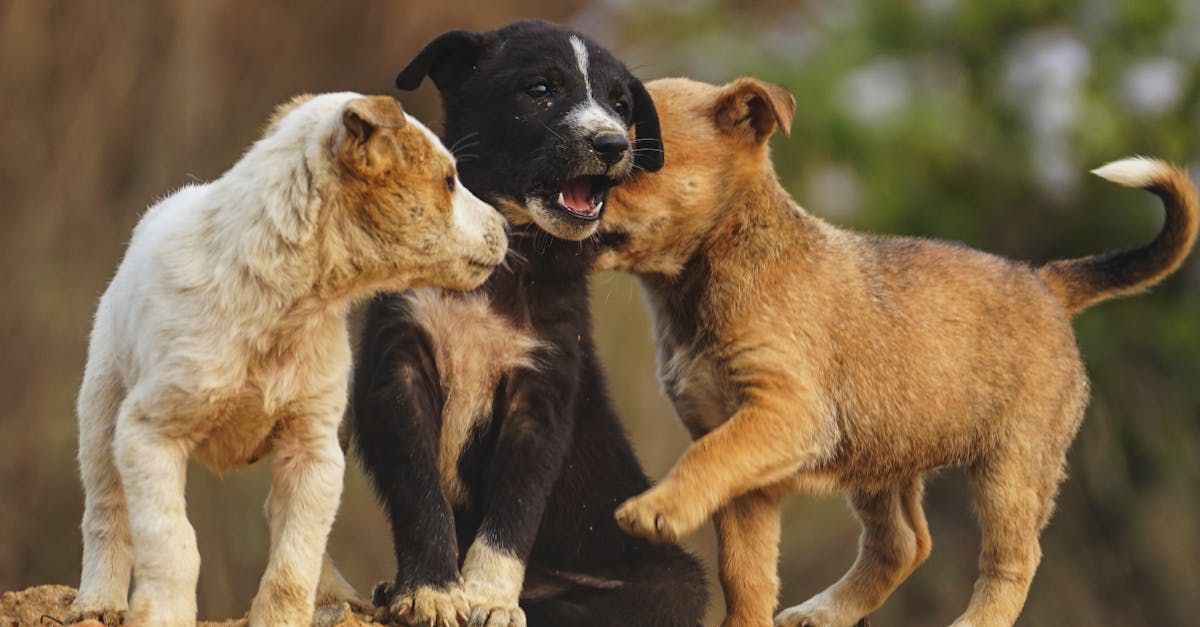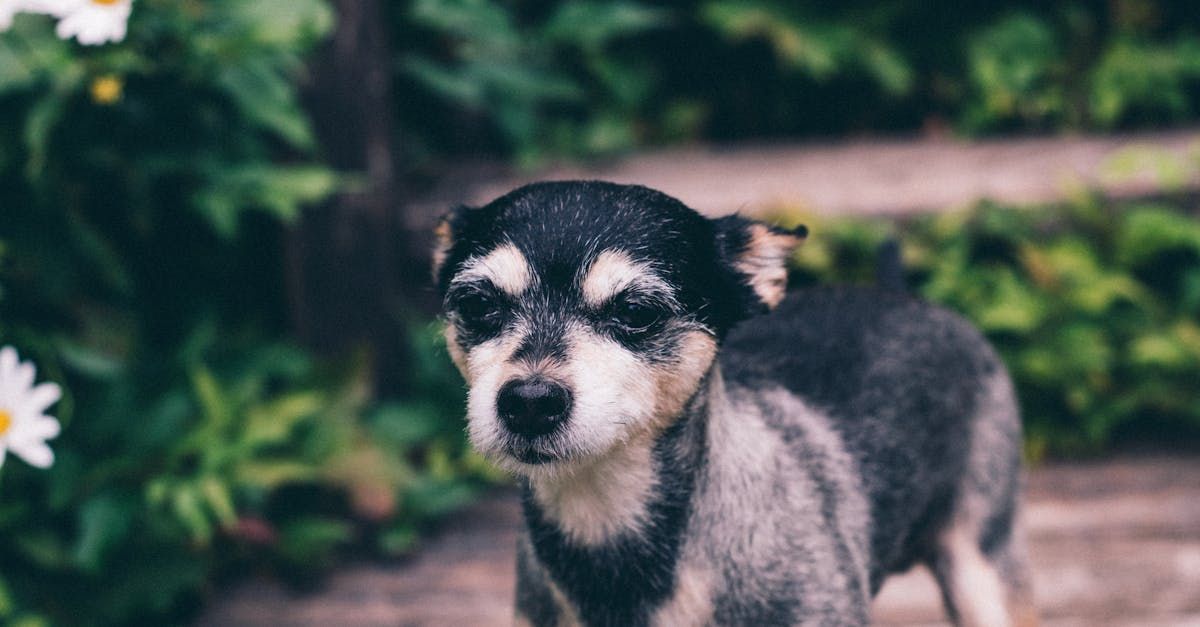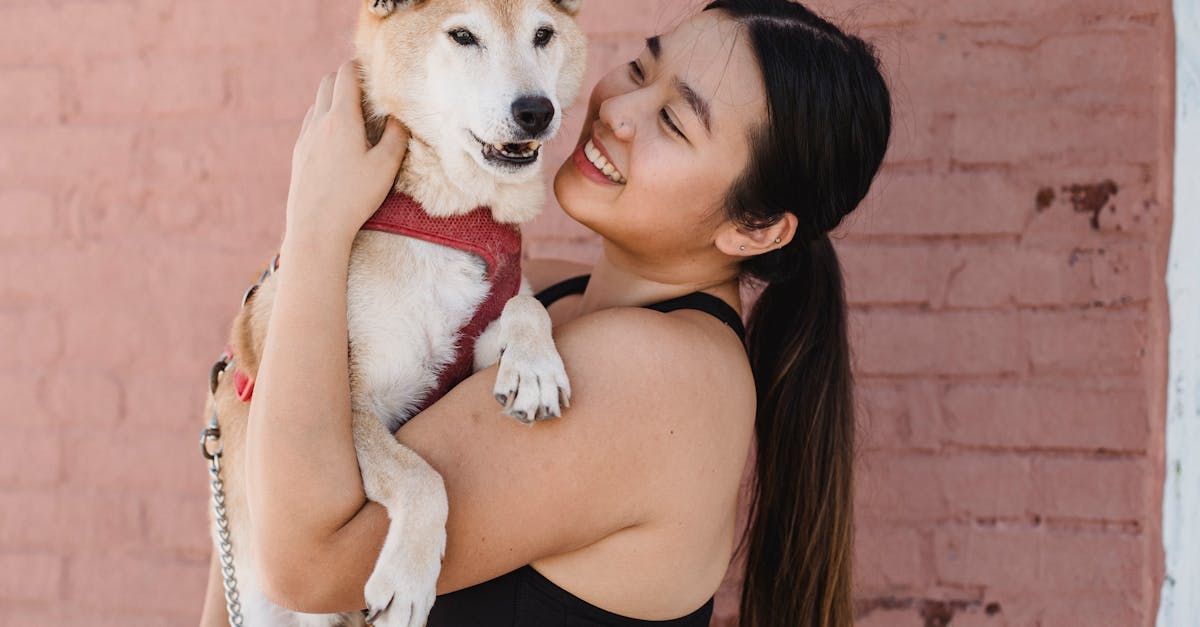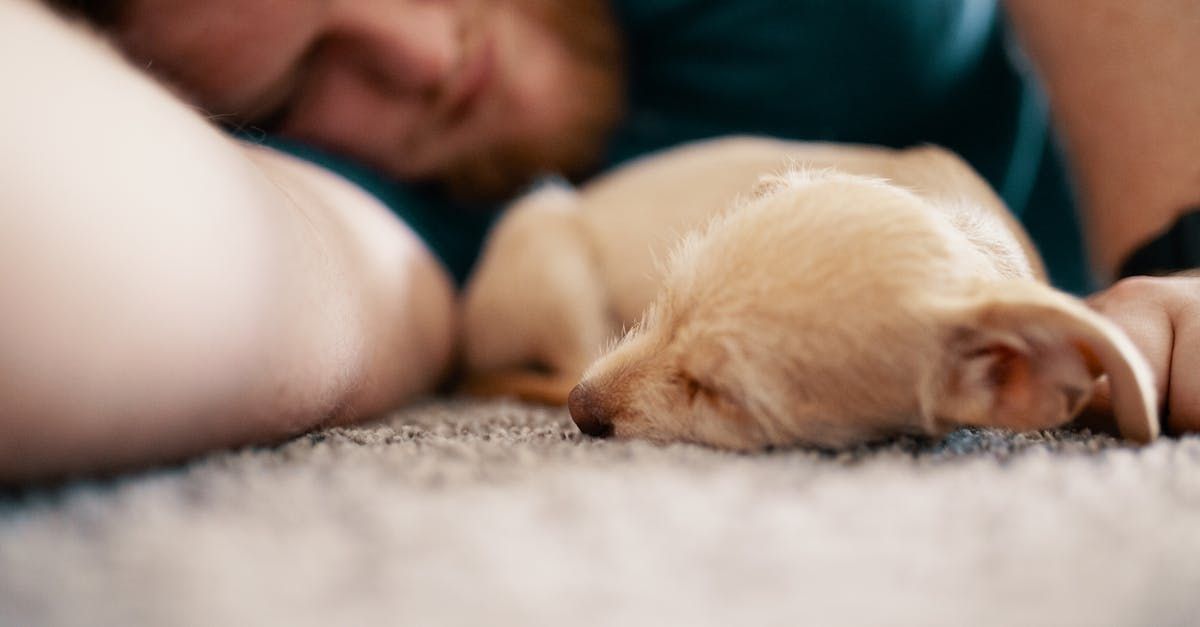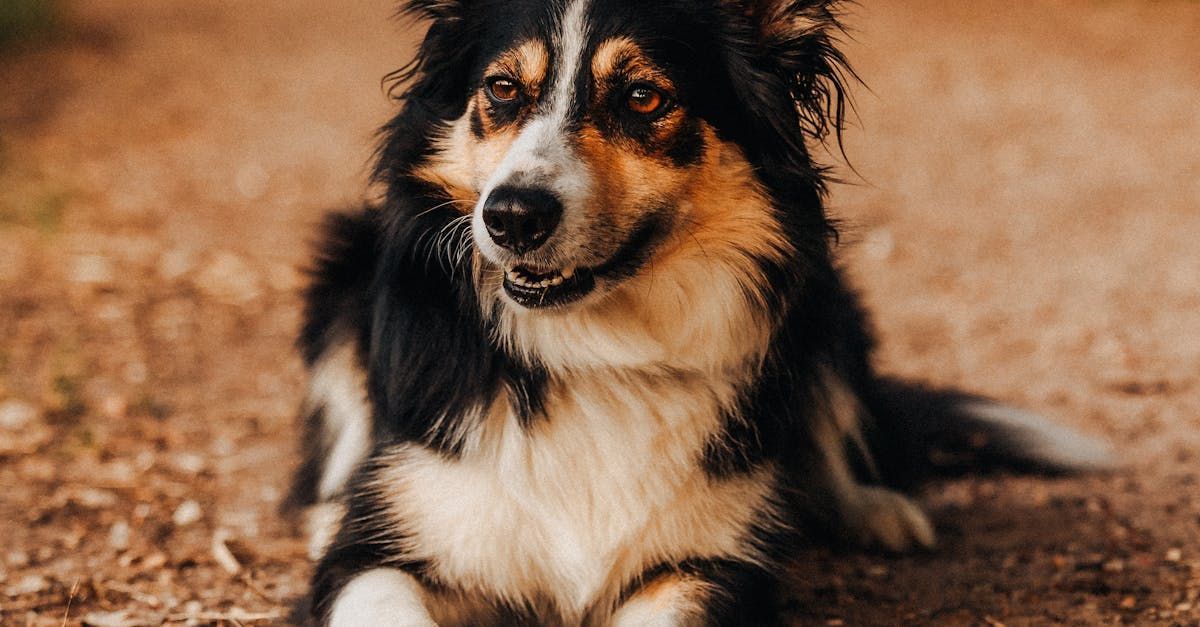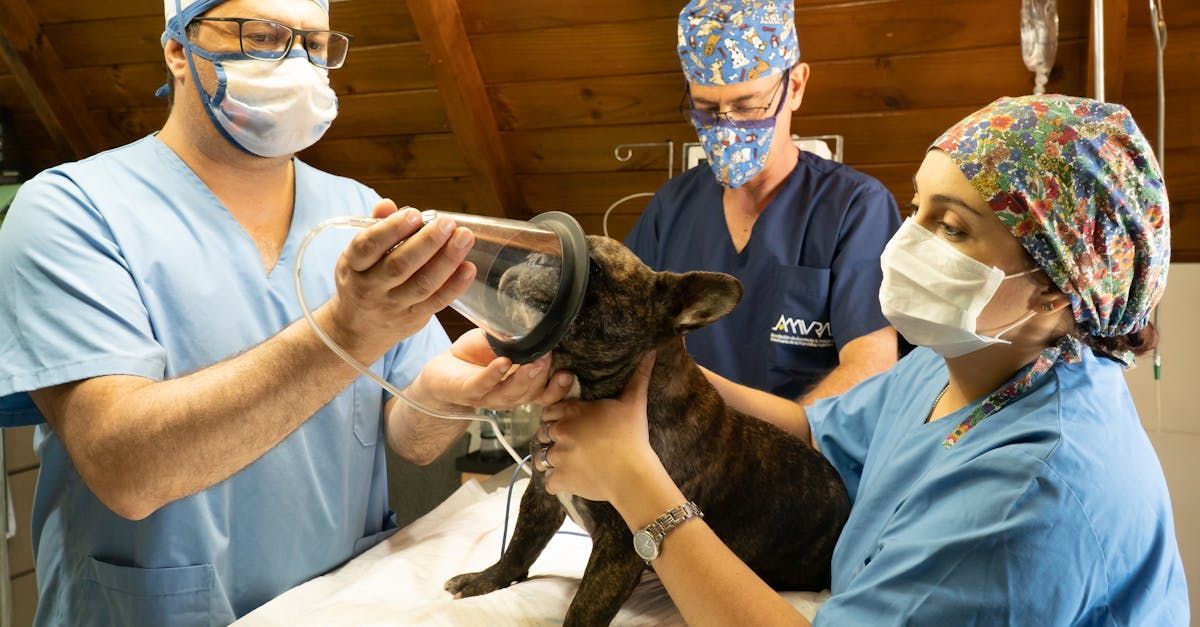How Do Dogs and Puppies Wind Up In Shelters
Have you ever asked how this adorable puppy wound up in a Rescue...
Dogs and puppies end up in rescues through various circumstances, and once they are taken in, they undergo a process to prepare them for adoption into loving homes. Here's a comprehensive look at how dogs end up in rescues, what happens once they are there, and additional insights into purebred dogs, puppy mills, illegal dog rings, and rescues' efforts with dogs and puppies in kill shelters:
How Dogs and Puppies Wind Up in Rescues:
Owner Surrender: Many dogs are surrendered to rescues by their owners due to personal reasons such as moving, financial difficulties, changes in lifestyle, or unforeseen circumstances.
Strays: Dogs found as strays are often picked up by animal control or brought to shelters. If they are not claimed by their owners within a specified period, they may be transferred to rescues for adoption.
Puppy Mills and Commercial Breeders: Dogs from puppy mills or commercial breeding facilities may be rescued due to neglect, overbreeding, or when the facility is shut down due to legal violations.
Abandonment: Unfortunately, some dogs are abandoned by their owners or left to fend for themselves, leading them to be picked up by animal control or brought to shelters and rescues.
Breed-Specific Rescues: Rescues specializing in certain breeds actively seek out dogs of those breeds in shelters, through owner surrenders, or directly from breeders.
Natural Disasters or Emergencies: Dogs may be displaced or separated from their owners during natural disasters or emergencies, prompting their rescue and placement in shelters.
Rescue Efforts: Many rescues collaborate with high-kill shelters to take in dogs at risk of euthanasia due to overcrowding or time constraints. These efforts help give dogs a chance at adoption rather than being euthanized.
Illegal Dog Rings: These are criminal operations involved in activities such as dog fighting, illegal breeding, and trafficking. Rescues and law enforcement agencies collaborate to rescue dogs from these operations, rehabilitate them, and seek justice for animal cruelty.
What Happens Once Dogs Are in a Rescue:
Health and Behavioral Evaluation: Upon intake, dogs undergo health assessments, vaccinations, spaying/neutering (if not already done), and treatment for any medical conditions. They also receive behavioral evaluations to assess temperament, socialization skills, and any training needs.
Foster Care or Shelter Environment: Dogs are placed in foster homes or shelter facilities. Foster homes provide a home-like environment where the dog can adjust and receive personalized attention, while shelters provide temporary housing and care.
Training and Rehabilitation: Dogs with behavioral issues or lacking basic training may undergo rehabilitation programs, including socialization, obedience training, and behavior modification to improve their adoptability.
Adoption Process: Potential adopters typically complete an application, undergo screening (which may include interviews and home visits), and pay an adoption fee. Rescues aim to match each dog with a suitable forever home based on their individual needs and the adopter's lifestyle.
Education and Support: Rescues provide education to adopters on responsible pet ownership, breed-specific traits, training tips, and ongoing support post-adoption.
A lot of people have a misconception that only mixed breeds or "undesirable" dogs are in Shelters. However, there are plenty of Purebred Dogs and wonderful mixed breeds in Rescues for the same reasons as listed above. Our staff and volunteers play a vital role in saving and rehoming puppies from a variety of situations, including owner surrender, strays, puppy mills, and illegal operations. They provide essential care, rehabilitation, and support to prepare dogs for adoption into loving homes, contributing to the overall welfare of animals across the United States.



